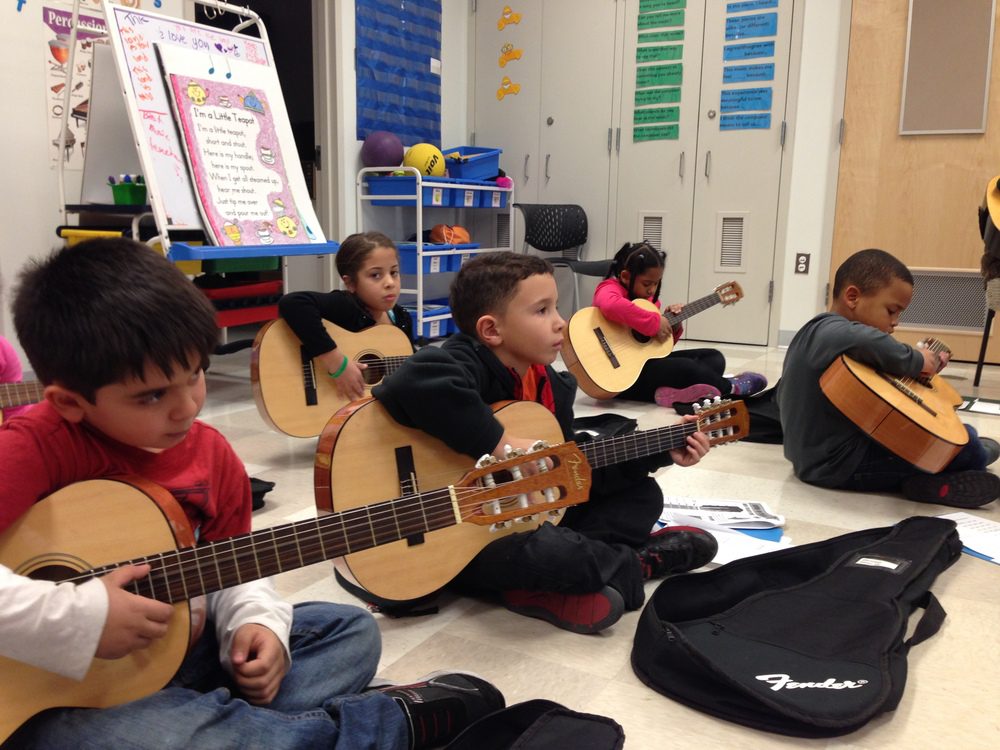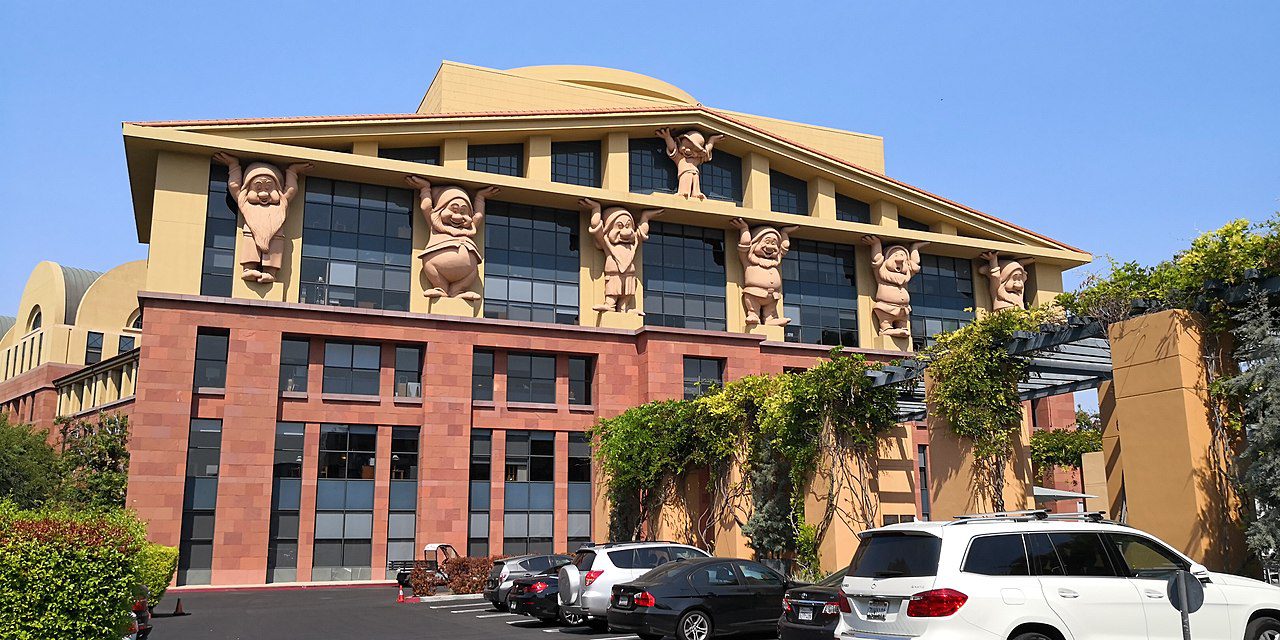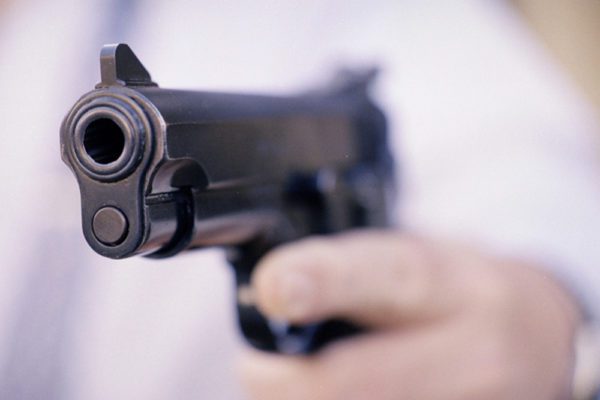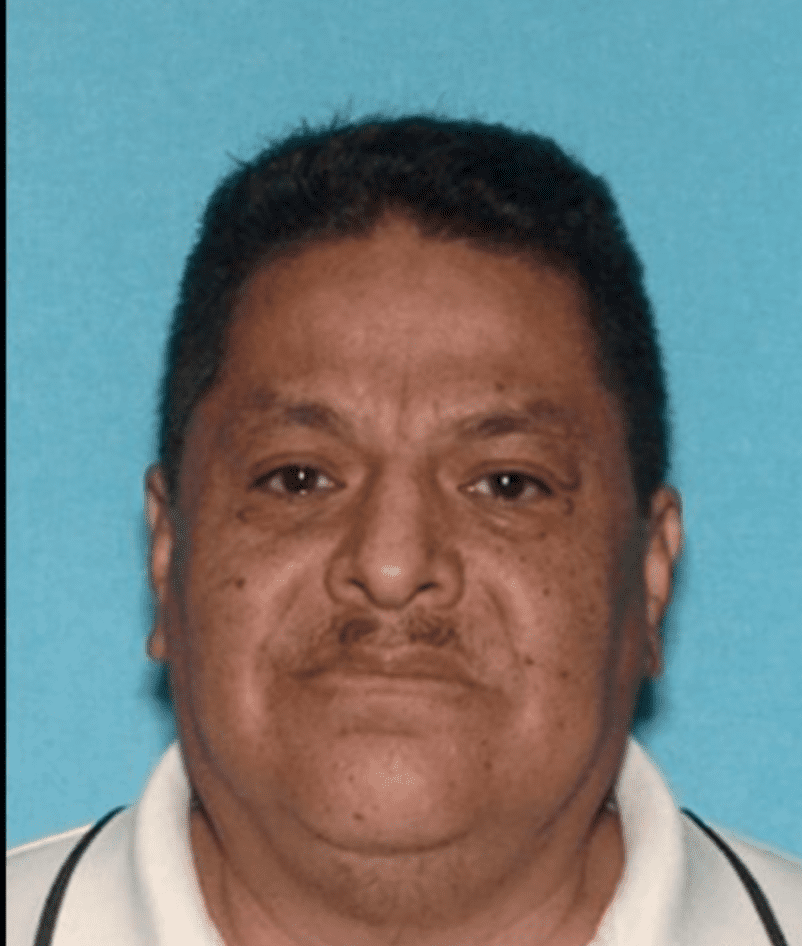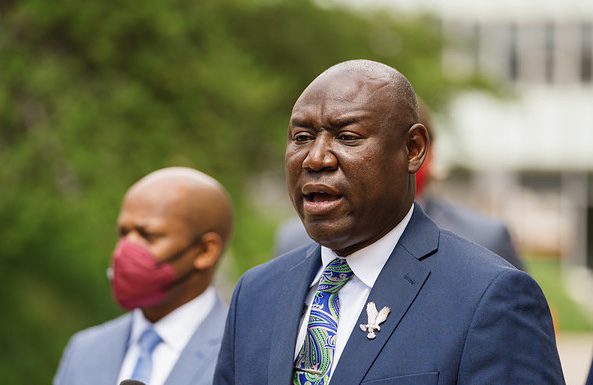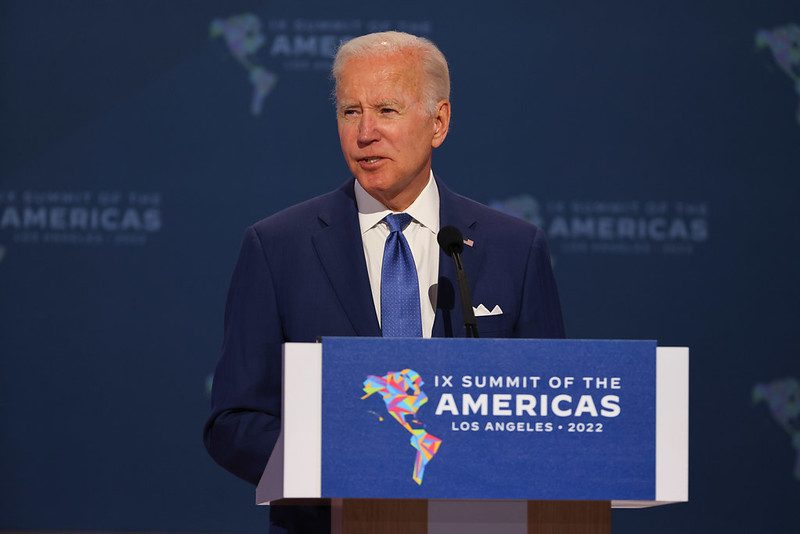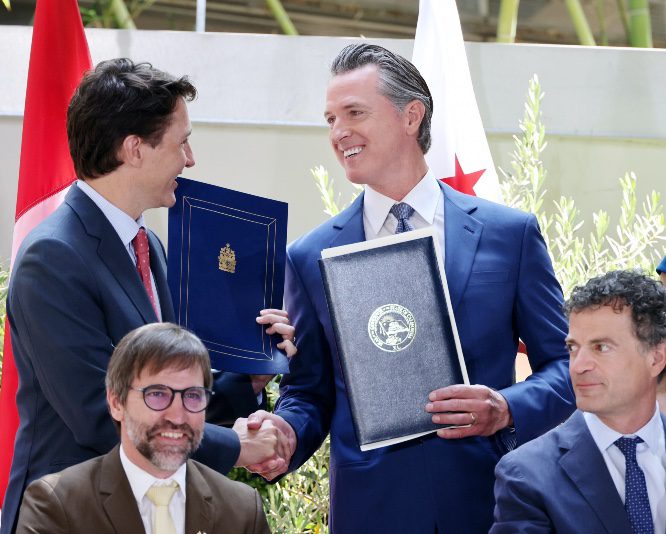An initiative to provide additional funding for arts and music education in public schools has qualified for the November ballot, Secretary of State Shirley N. Weber announced.
What backers have dubbed “The Arts and Music in Schools — Funding Guarantee Accountability Act” would annually allocate an amount equaling 1% of the required state and local funding for public schools to additional funding for arts and music education in all kindergarten through 12th-grade public schools, including charter schools. It would not increase taxes.
The measure would allocate a greater proportion of the funds to schools serving more economically disadvantaged students. Schools with 500 or more students would be required to spend at least 80% of funding to employ teachers and the remainder on training, supplies and education partnerships.
Passage of the initiative would result in increased spending for arts education in schools likely in the range of $800 million to $1 billion annually, beginning in the 2023-24 school year, according to an analysis by the Legislative Analyst Gabriel Petek and Keely Martin Bosler, the director of the Department of Finance.
Austin Beutner, the former Los Angeles Unified School District superintendent who wrote the measure, called it “a passion project for me.”
“As a shy student entering my fourth new school in February of fifth grade, I didn’t know anyone and was without friends,” Beutner said. “A teacher suggested I join his music class at lunch and learn to play the cello which kicked off a lifelong passion for music.”
Susan Shelley, the vice president, communications of the Howard Jarvis Taxpayers Association, told City News Service, “in a way, this initiative is a return to the categorical funding that was available to schools before the Legislature adopted the Local Control Funding Formula in 2013.
“At that time, an arts and music block grant was one of the funding sources available to schools, but the categorical funding system was collapsed by the conversion to the LCFF,” Shelley said. “The money that had been designated for over 50 specific purposes went into one pot to be distributed according to the new formula.
“The general fund currently has a record surplus, and Californians pay the highest state income tax, state sales tax and gas taxes in the nation. It’s not surprising that more than 685,000 voters would sign petitions to direct some of that money back into guaranteed funding for arts and music education.”
The measure needed valid signatures from 623,212 registered voters — 5% of the total votes cast for governor in the 2018 general election — to qualify the measure for the ballot, Weber said. A measure can qualify via random sampling of petition signatures if the sampling projects that the number of valid signatures is greater than 110% of the required number.
The initiative needed at least 685,534 projected valid signatures to become qualified by random sampling. It exceeded that threshold Wednesday, Weber said.

